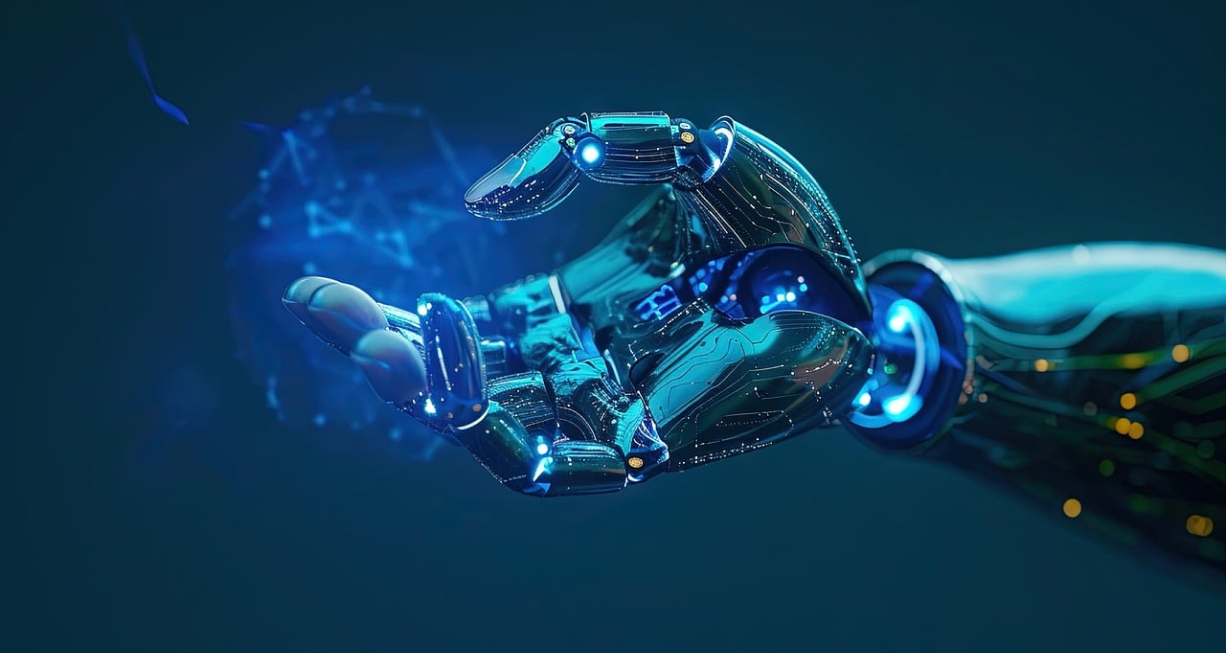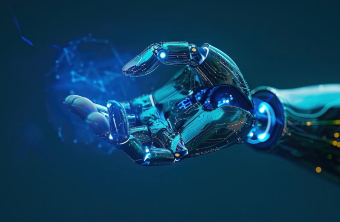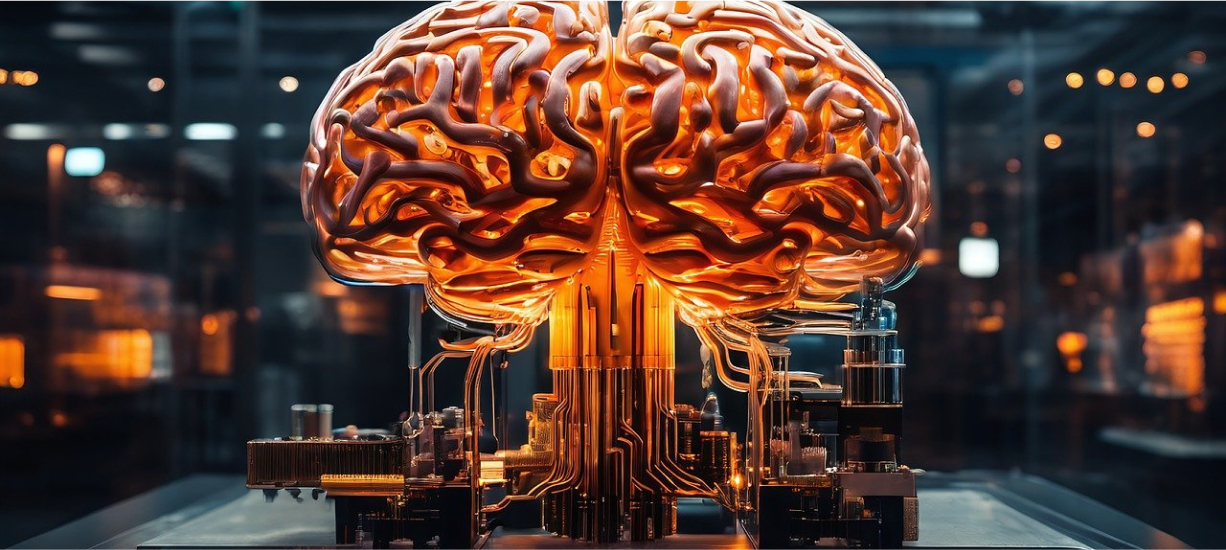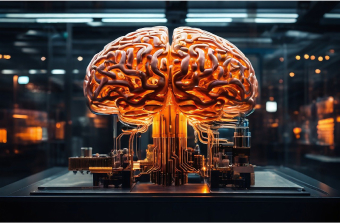

In an era where sustainability meets technological advancement, Glacier stands at the forefront of a significant revolution in the recycling industry. Founded by Rebecca Hu, Glacier’s robotics company is redefining how recycling plants operate, introducing AI-powered robots that are not only speeding up the sorting process but are also enhancing the accuracy of separating recyclable materials. This leap forward could very well mark the beginning of the end for traditional, labour-intensive sorting methods, ushering in a new age of efficiency and environmental responsibility.
The journey from manual sorting to the deployment of intelligent machines in recycling facilities represents a monumental shift. Glacier’s approach involves equipping robots with AI cameras, enabling them to identify various materials with remarkable precision. Much like teaching a toddler to differentiate between objects, these robots learn through exposure to countless examples, refining their ability to distinguish between a wide array of recyclables.
Glacier’s success lies in its methodical training of robots, a process akin to educating a young child. By presenting the robots with hundreds of thousands, even millions, of examples, they become adept at recognizing patterns. This capability is crucial for identifying materials such as aluminium cans, which are commonly recycled but often mixed with non-recyclable items.
One of the unique aspects of Glacier’s technology is its ability to train robots on what not to pick. The robots are specifically instructed to avoid certain materials, like thin plastic grocery bags, which are notorious for contaminating recyclable batches. This focus on precision not only enhances the quality of recyclable materials but also tackles the issue of “wish-cycling” — a well-intentioned but misguided practice that does more harm than good.


In a delightful twist, Glacier imbues its robots with a touch of personality by giving them names. This humanizing detail underscores the company’s approach to integrating technology within the recycling industry, bridging the gap between mechanical efficiency and human empathy.
The implications of Glacier’s innovation extend far beyond the walls of recycling facilities. By increasing the efficiency and accuracy of sorting recyclable materials, these AI-powered robots not only contribute to more sustainable practices but also inspire a re-evaluation of how technology can be harnessed to address critical environmental challenges.
As we stand on the cusp of a new era in recycling, Glacier’s pioneering use of AI-powered robots offers a promising glimpse into a more sustainable and efficient future. The marriage of technology and environmental stewardship represented by these robots not only revolutionizes the recycling industry but also serves as a beacon of hope for the broader quest towards sustainability. In a world grappling with environmental issues, Glacier’s innovation is a testament to the transformative power of technology in creating a greener planet.